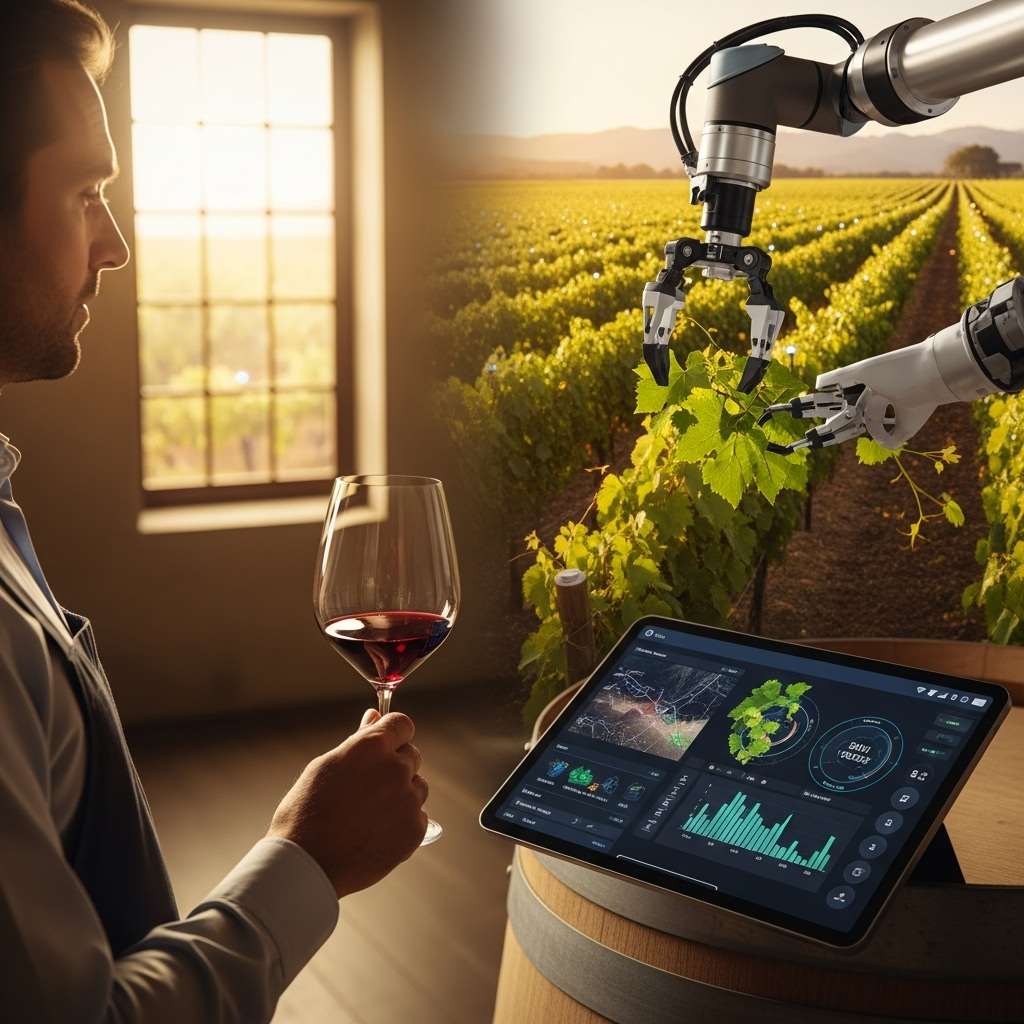
Future-Driven Cabernet Crafting in 2025
Share
Bridging Tradition with Technology: The Evolving Landscape of Winemaking
As the winemaking industry continues to evolve, the fusion of tradition and technology stands at the forefront of innovation. In 2025, Cabernet producers are increasingly embracing precision viticulture, utilizing drones and satellite imagery to monitor vineyard health and optimize grape quality. This data-driven approach allows winemakers to make informed decisions about irrigation, pest control, and harvest timing, ensuring that each grape reaches its full potential.
Moreover, advancements in fermentation technology are revolutionizing the way Cabernet is crafted. Smart fermentation tanks equipped with sensors monitor temperature and sugar levels in real-time, allowing for adjustments that enhance flavor profiles and consistency. This meticulous attention to detail not only honors the rich heritage of Cabernet but also pushes the boundaries of what is possible in winemaking. As these technologies continue to integrate into traditional practices, the future of Cabernet crafting promises an exciting blend of authenticity and innovation, appealing to both purists and modern enthusiasts alike.
Climate Change and Cabernet: Navigating Environmental Challenges
As the impacts of climate change become increasingly pronounced, Cabernet producers are faced with a dual challenge: preserving the integrity of their wines while adapting to shifting environmental conditions. Rising temperatures can lead to earlier grape ripening, which may disrupt the delicate balance of acidity and tannins essential for crafting high-quality Cabernets. To counteract these effects, vintners are exploring innovative vineyard practices, such as adjusting canopy management and employing precision irrigation techniques that optimize water use without compromising grape quality.
Moreover, the geographical landscape of Cabernet production is evolving. Regions once deemed unsuitable for high-quality Cabernet are now emerging as potential hotspots, prompting winemakers to experiment with varietals that can thrive in these new climates. This not only diversifies the offerings but also enriches the overall tapestry of Cabernet wines. As producers embrace these environmental challenges, they are not merely reacting; they are actively shaping the future of Cabernet, ensuring that it remains a beloved choice for wine enthusiasts around the globe.
Innovations Reshaping the Vineyard: From Smart Sensors to AI Harvesting
As vineyards embrace cutting-edge technology, the integration of smart sensors has become a game-changer in precision agriculture. These devices monitor soil moisture, temperature, and nutrient levels in real-time, enabling vintners to make informed decisions that optimize grape quality while conserving resources. For instance, by precisely determining when to irrigate or fertilize, winemakers can enhance the health of their vines, leading to richer flavors and aromas in the final product.
Moreover, artificial intelligence is revolutionizing the harvesting process. AI-driven machines equipped with advanced algorithms can assess grape ripeness and selectively harvest only the optimal clusters. This not only reduces labor costs but also minimizes damage to the vines and ensures that only the best grapes make it to the winery. As these innovations continue to evolve, they promise to elevate the art of winemaking, marrying tradition with technology to produce exceptional Cabernet Sauvignon that reflects both the terroir and the ingenuity of modern viticulture.
